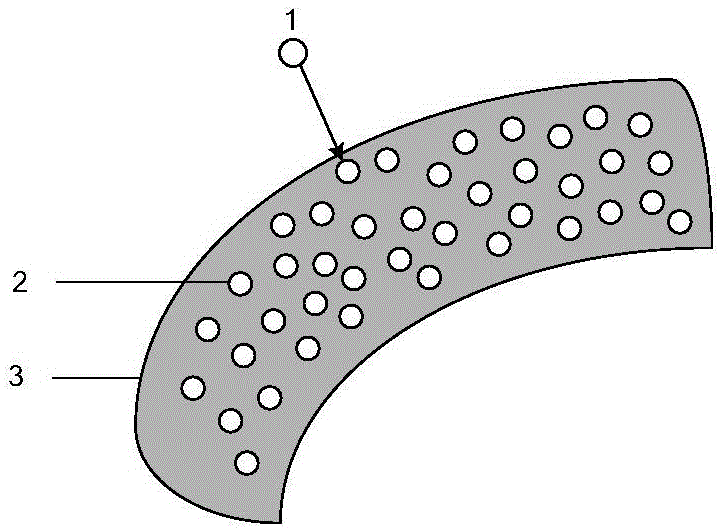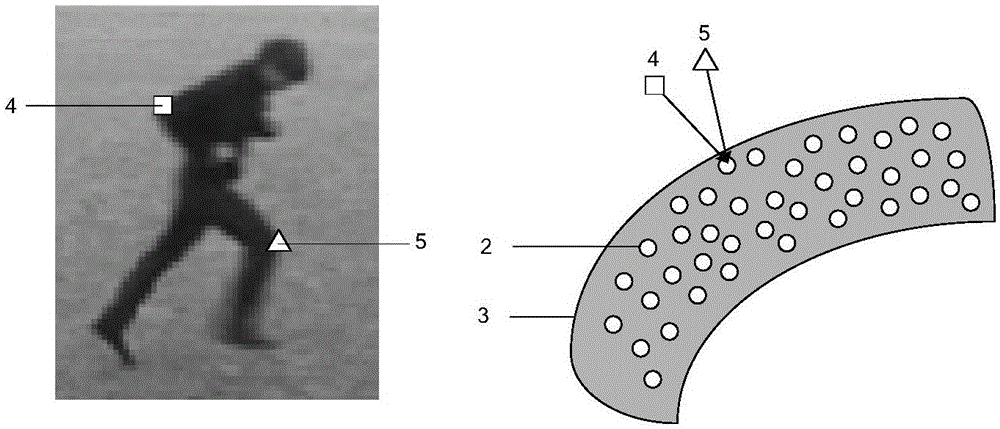Spatio-temporal interest point feature encoding method in human motion recognition
A technology of human action recognition and spatio-temporal interest points, which is applied in character and pattern recognition, instruments, computer components, etc., can solve the problem of poor representation accuracy of nonlinear manifolds, inability to model the feature distribution of spatio-temporal interest points, and large quantization errors, etc. question
- Summary
- Abstract
- Description
- Claims
- Application Information
AI Technical Summary
Problems solved by technology
Method used
Image
Examples
Embodiment Construction
[0037] In order to make the purpose, technical solutions and beneficial effects of the present invention more clear, the present invention will be further described in detail below in conjunction with the accompanying drawings and embodiments. It should be noted that the specific embodiments described here are only used to explain the present invention, not to limit the present invention.
[0038] The basic mechanism of local constraints to reduce representation error is: in manifold learning theory, for nonlinear manifold structures with non-Euclidean distribution, the accuracy of data representation can be improved through local constraints. Specific as Figure 4 As shown, for the spatio-temporal interest point feature 1 on the figure, select 5 adjacent visual words to construct a local coordinate system, and then perform linear encoding on it. This process is local linear embedding. The error generated by the encoding result of local linear embedding is significantly lower...
PUM
 Login to View More
Login to View More Abstract
Description
Claims
Application Information
 Login to View More
Login to View More - R&D
- Intellectual Property
- Life Sciences
- Materials
- Tech Scout
- Unparalleled Data Quality
- Higher Quality Content
- 60% Fewer Hallucinations
Browse by: Latest US Patents, China's latest patents, Technical Efficacy Thesaurus, Application Domain, Technology Topic, Popular Technical Reports.
© 2025 PatSnap. All rights reserved.Legal|Privacy policy|Modern Slavery Act Transparency Statement|Sitemap|About US| Contact US: help@patsnap.com



